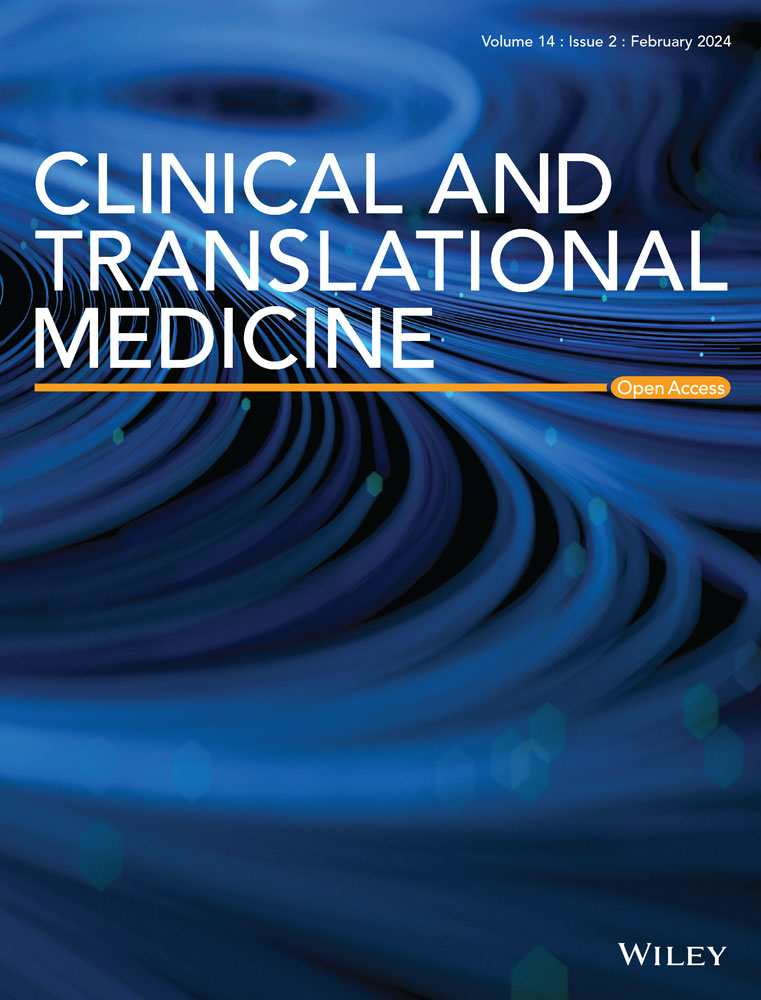The role of metabolite sensors in metabolism-immune interaction: New targets for immune modulation
Abstract
Recent advancements in immunometabolism have highlighted the critical role of metabolite sensors in regulating immune responses. Metabolites such as lactate, succinate, itaconate, and β-hydroxybutyrate influence immune cell function by interacting with specific sensors. These metabolites act as signaling molecules, linking cellular metabolic changes to immune responses. Lactate, a metabolite commonly produced under hypoxic conditions, has emerged as a major regulator of innate immunity. Key enzymes, including AARS1 and AARS2, function as intracellular lactate sensors, catalyzing lactylation on proteins like cGAS, which plays a central role in DNA sensing and immune activation. The lactylation of cGAS inhibits its activity, modulating immune responses by balancing inflammation and immune tolerance. Metabolite sensors, like MCT1, also contribute to immune modulation, particularly in cancer and chronic inflammatory diseases. Therapeutically, targeting these sensors offers potential for restoring immune function, especially in cancer immunotherapy. However, challenges in specificity, off-target effects, and long-term safety require further investigation. This article explores the emerging role of metabolite sensors in immune regulation, with a focus on lactate sensors, and outlines potential therapeutic strategies to enhance immune responses in metabolic diseases.


 求助内容:
求助内容: 应助结果提醒方式:
应助结果提醒方式:


